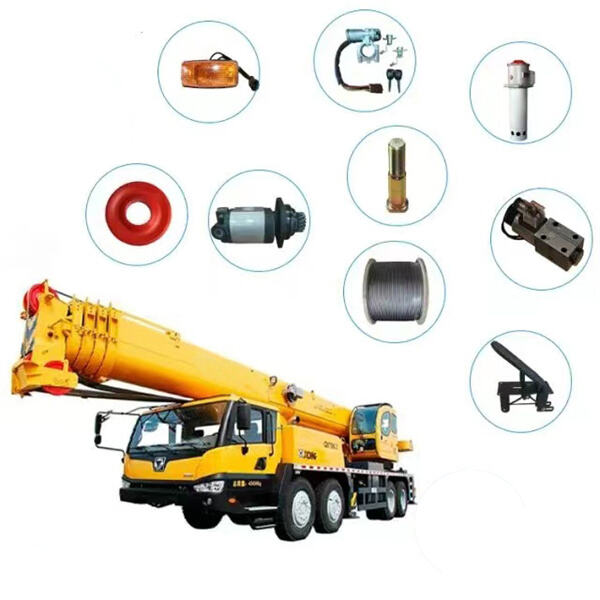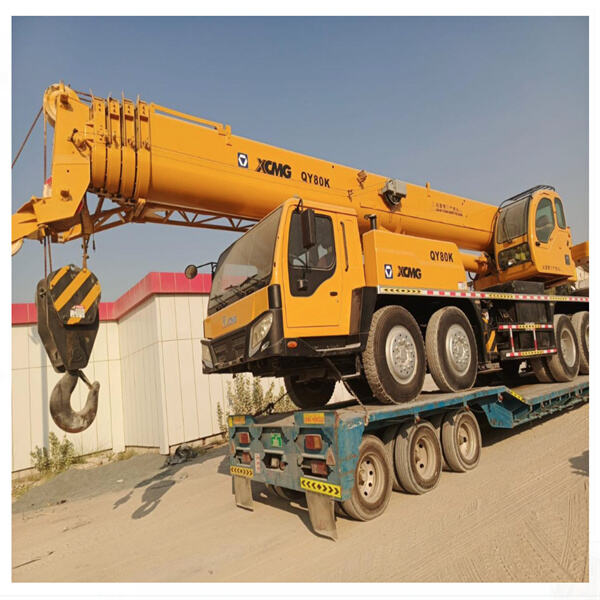Cranes are awesome machines that can never go wrong with handling heavy things and transporting them to other locations. In order to understand how cranes operate, we must first learn about the various parts of a crane. All contribute to making the crane work efficiently.
A crane is made up of many component parts. These are made up of boom, hook, wire ropes, and counterweights. The boom is the big arm that raises and lowers things. The hook is the part that grasps what you are trying to lift. The wire ropes are strong and attach to the weight. The counterweights help keep the crane level so it does not tip over.
Wire ropes: These are metal cables strong enough to support whatever is being lifted. There are many literatures that extreme publications are subject to much scrutiny.
Counterweights: Counterweights are used so that the crane doesn't tip when it's lifting something heavy. They are generally situated at the rear of the crane for counter balance.

Tower cranes have tall towers, so they can reach tall places. They are widely used in construction so that materials and heavy equipment can be hoisted up to work floors.

Overhead cranes hang from a building’s ceiling and move things from one side to the other. The chains typically are used in factories and warehouses to hoist heavy objects.

The crane will work good and well if all its parts are properly maintained. This involves inspecting the condition of the boom and examining the wire ropes for any signs of wear as well as ensuring the hook is safe. By maintaining these components, a crane will be able to operate safely and effectively.